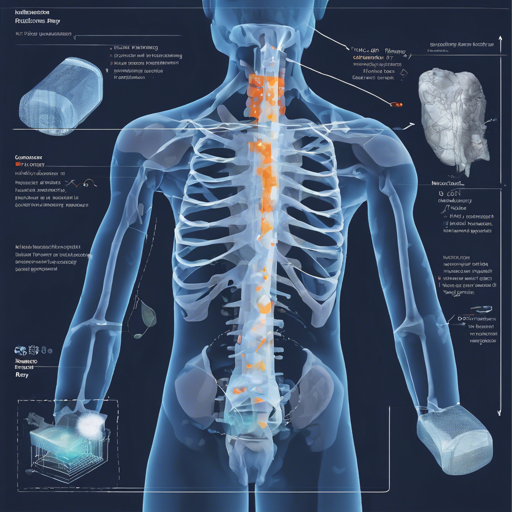Have you ever wondered how artificial intelligence can help in interpreting chest X-rays? Enter CXR-BERT, a specialized language model aimed at enhancing the accuracy of radiological interpretation through natural language processing. In this article, we’ll walk you through the essentials of using CXR-BERT, the state-of-the-art tool for handling radiology language tasks. Buckle up as we delve into the intricacies of using this model!
What is CXR-BERT?
CXR-BERT is a language model tailored for the radiology domain, accentuating efficiencies in natural language inference, token prediction, and multi-modal tasks. Think of CXR-BERT as a specialized chef who has dedicated all their time to perfecting recipes from a specific cuisine, in this case, the language used around chest X-ray radiology.
How to Use CXR-BERT
Let’s break down the process of using CXR-BERT to extract embeddings and calculate their cosine similarity:
- Install the required libraries like `torch` and `transformers`.
- Load the CXR-BERT model and tokenizer.
- Prepare your input prompts to feed into the model.
- Tokenize the input data and compute sentence embeddings.
- Calculate the cosine similarity between these embeddings.
Sample Code
Here’s an example Python code snippet to get you started:
python
import torch
from transformers import AutoModel, AutoTokenizer
# Load the model and tokenizer
url = "microsoftBiomedVLP-CXR-BERT-specialized"
tokenizer = AutoTokenizer.from_pretrained(url, trust_remote_code=True)
model = AutoModel.from_pretrained(url, trust_remote_code=True)
# Input text prompts (e.g., reference, synonym, contradiction)
text_prompts = [
"There is no pneumothorax or pleural effusion.",
"No pleural effusion or pneumothorax is seen.",
"The extent of the pleural effusion is constant."
]
# Tokenize and compute the sentence embeddings
tokenizer_output = tokenizer.batch_encode_plus(
batch_text_or_text_pairs=text_prompts,
add_special_tokens=True,
padding='longest',
return_tensors='pt'
)
embeddings = model.get_projected_text_embeddings(
input_ids=tokenizer_output.input_ids,
attention_mask=tokenizer_output.attention_mask
)
# Compute the cosine similarity of sentence embeddings
sim = torch.mm(embeddings, embeddings.t())
Understanding the Code: An Analogy
Think of loading the model and tokenizer like setting up a coffee machine. The machine (CXR-BERT) needs water (model and tokenizer) and coffee beans (input data) before you can brew the perfect cup (sentence embeddings). Once everything is in place, you can start brewing (tokenize) and enjoy your cup (compute cosine similarity) with delight!
Troubleshooting Common Issues
If you run into issues while executing the code, here are a few troubleshooting tips:
- Ensure that your Python environment has the required libraries installed. If not, you can install them using pip.
- When loading your model and tokenizer, make sure the URL is correctly specified.
- If you encounter tensor-related errors, double-check your input data structure; it must match the expected input shape.
- Restart your kernel or environment if you face persistent issues; this can often resolve hidden conflicts.
For more insights, updates, or to collaborate on AI development projects, stay connected with fxis.ai.
Final Thoughts
At fxis.ai, we believe that such advancements are crucial for the future of AI, as they enable more comprehensive and effective solutions. Our team is continually exploring new methodologies to push the envelope in artificial intelligence, ensuring that our clients benefit from the latest technological innovations.

